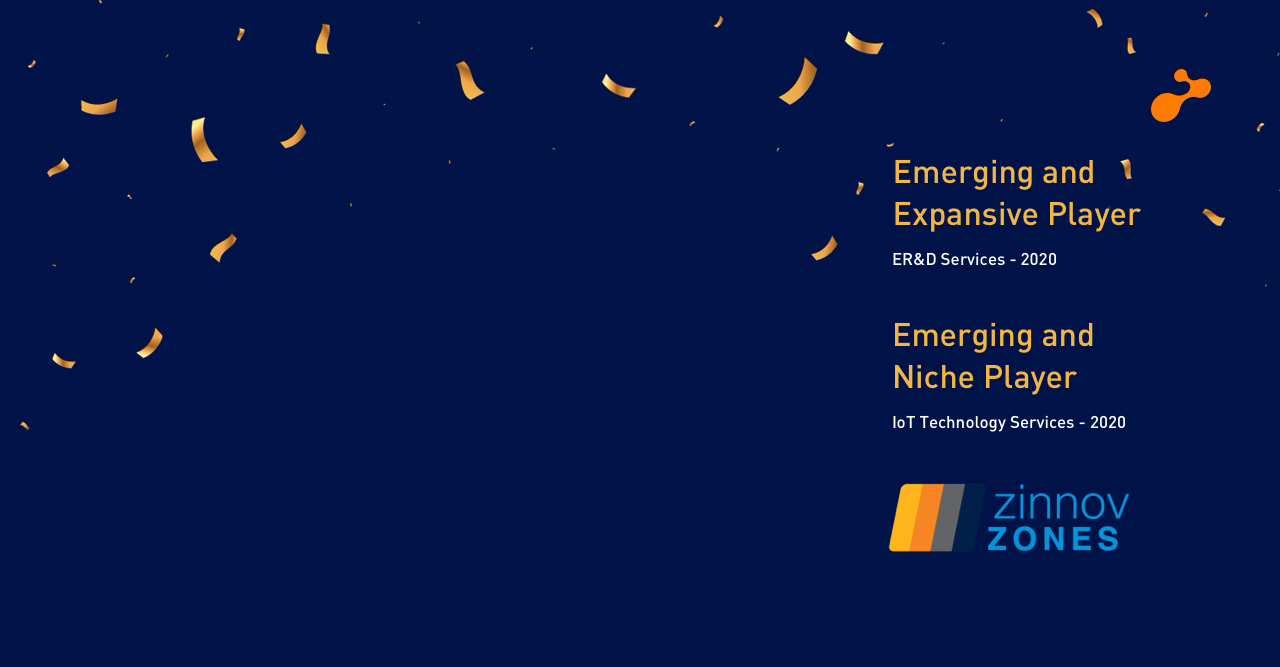A lot is talked about what kinds of products are being made, current and future investment trends, which technologies are scaling and which are going down. Let’s track how Product Engineering is evolving and making in-roads to develop software products.
Two methods which stand out are the two Fs, i.e. Fast and Furious. Oops, I meant Fast and Flexible. Speed is of essence and built for flexibility is the need of the hour. These are different from the traditional factors i.e. high quality and low cost.
Develop Fast: Products built today show implementation of Eric Ries’ Lean startup model/ philosophy. While the book was published in 2011, the scale of implementation increased multi-fold in 2014. Looking at products developed by e-Zest for a variety of customers, 90% of new products have a mix of agile methodology (or its flavours), full-stack integrators, and DevOps. Scale Fast and fail faster is the mantra. While some say that the mantra is applicable more for B2B products, it is also applicable to B2C products (the gestation period increases a bit).
Design Flexibility: Flexibility annotates instability, however, if the team is close knit and is able to share/ transfer learning – it is built for quick success or failure. For example, enabling engineers to go and meet with end-customers. It will allow them to get a perspective of how his/her contribution will transform the product and how the user is/ will be experiencing it. It will allow them to design the system which is more flexible.
An important element which is related to both Fs is Customer Experience. Every product company would want a customer for life and that is only possible if their experience is good and continues to be good. For example, mobile interface tools used by IT admins. Typically, there is a perception that IT admins like to execute their tasks via CLI commands (Command Line Interface). However, there is a lot of demand for Mobile apps to manage cloud infra, networks, and data storage. With the flexibility of developing mobile apps for IT admins, mobile apps can be built quickly.
A more popular example is Uber. Companies like Uber are driven by such methods. They have so many factors to consider and prioritize. Anyhow, it is a tough task but needs to be planned and executed with flexibility and faster speed. Large enterprises have started following agile methods to build IT applications. They too are noticing factors of designing for flexibility and faster development brings more benefits than traditional methods.
Now, where are these going to be implemented in 2015:
- Consumerization and the Tablet
- The infinite data center
- Hybrid Clouds
- Internet of Things (IoT)
- Analytics: Pervasive and Invisible
- Context Rich Systems
How is e-Zest adding value? We are building our own IP which would enable companies building products to build faster. These are near ready tools which are flexible enough for quick alignment/ modifications.


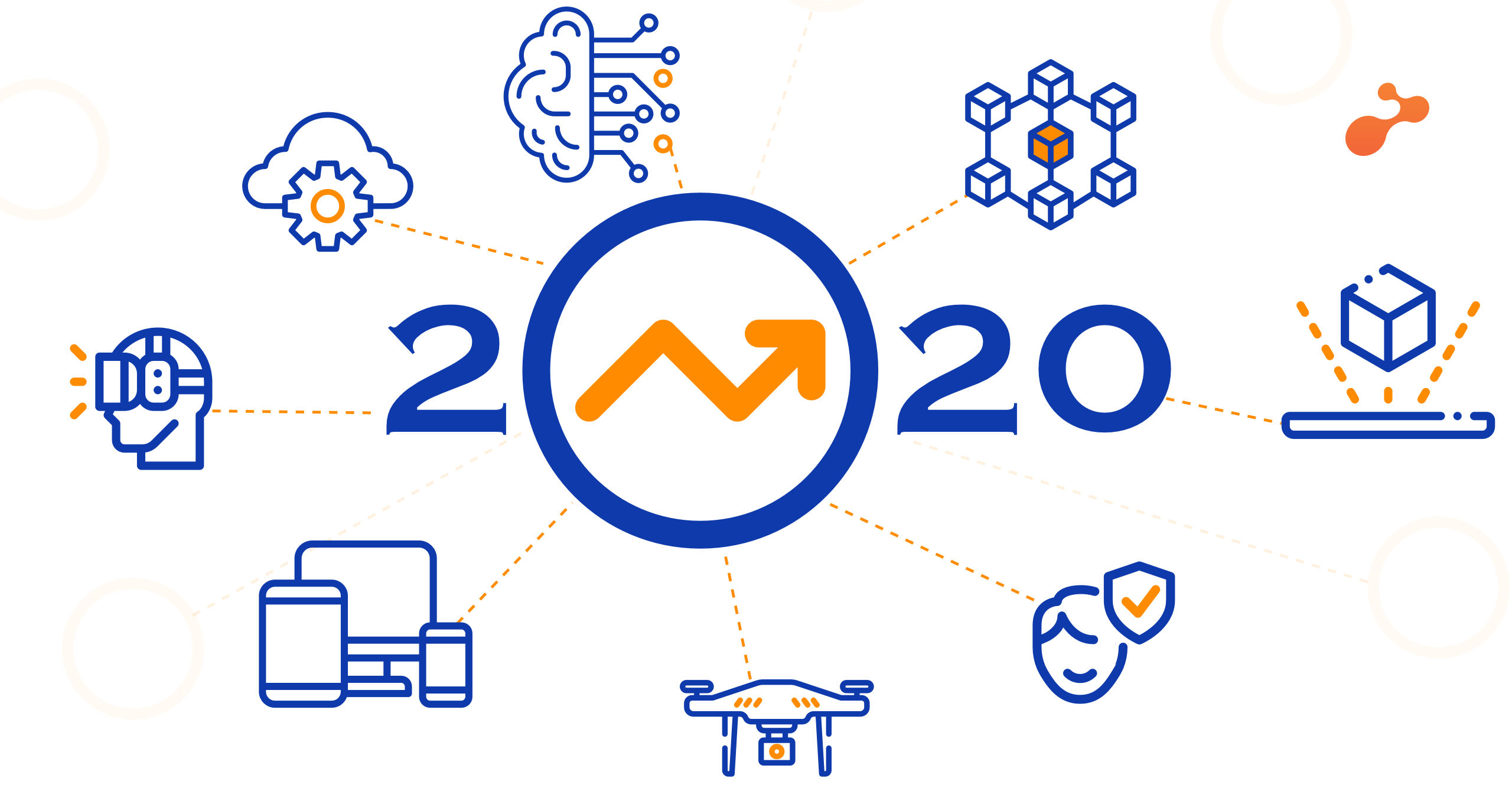

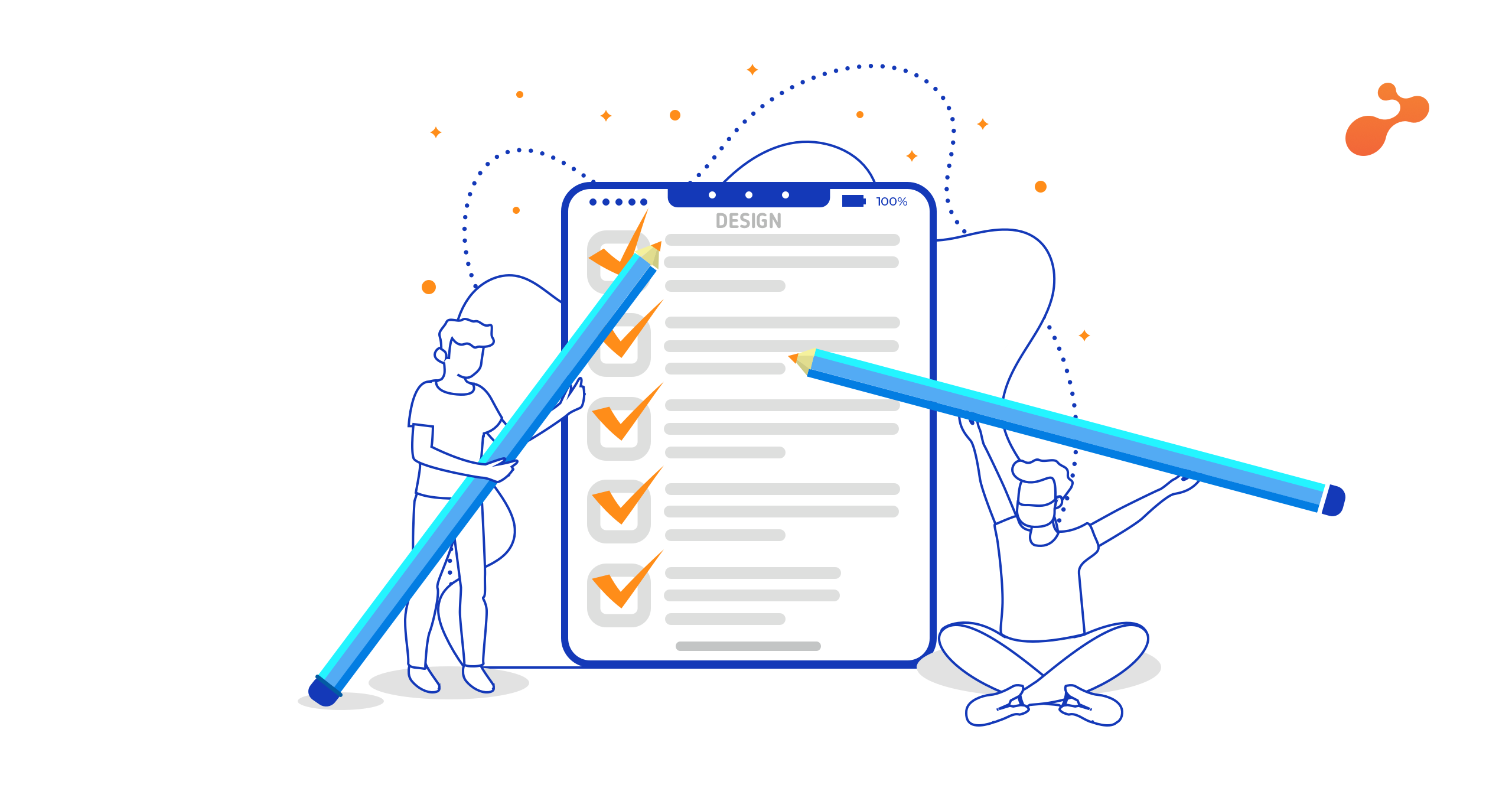


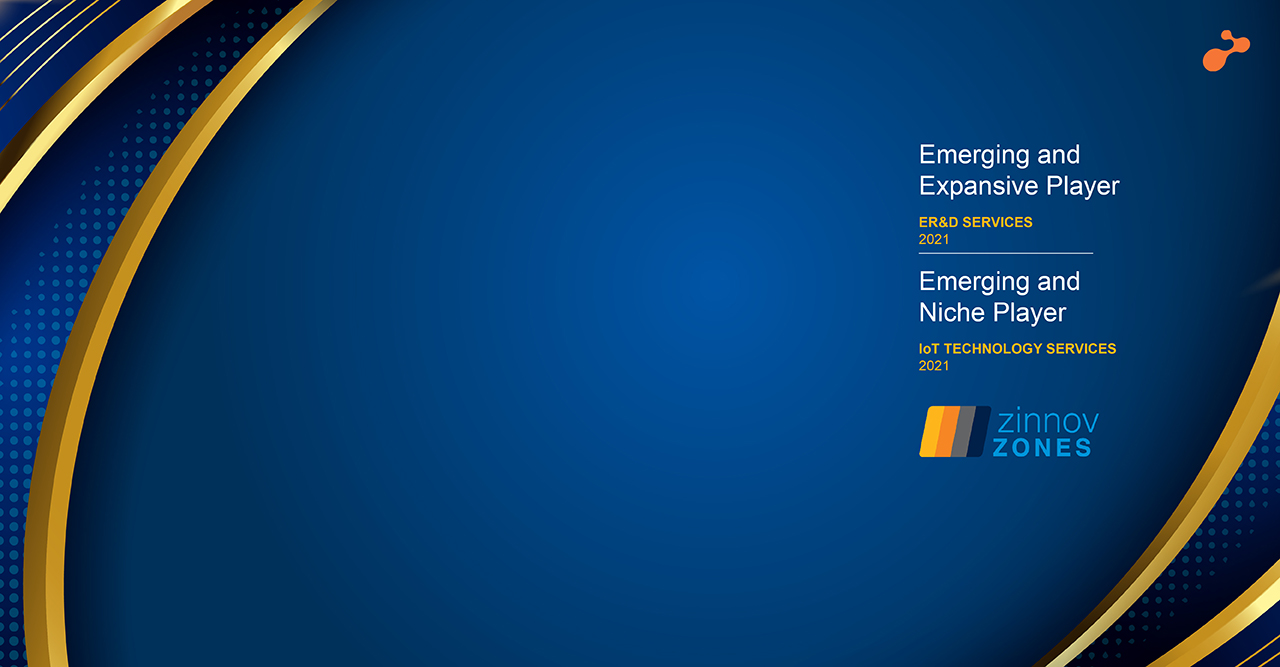
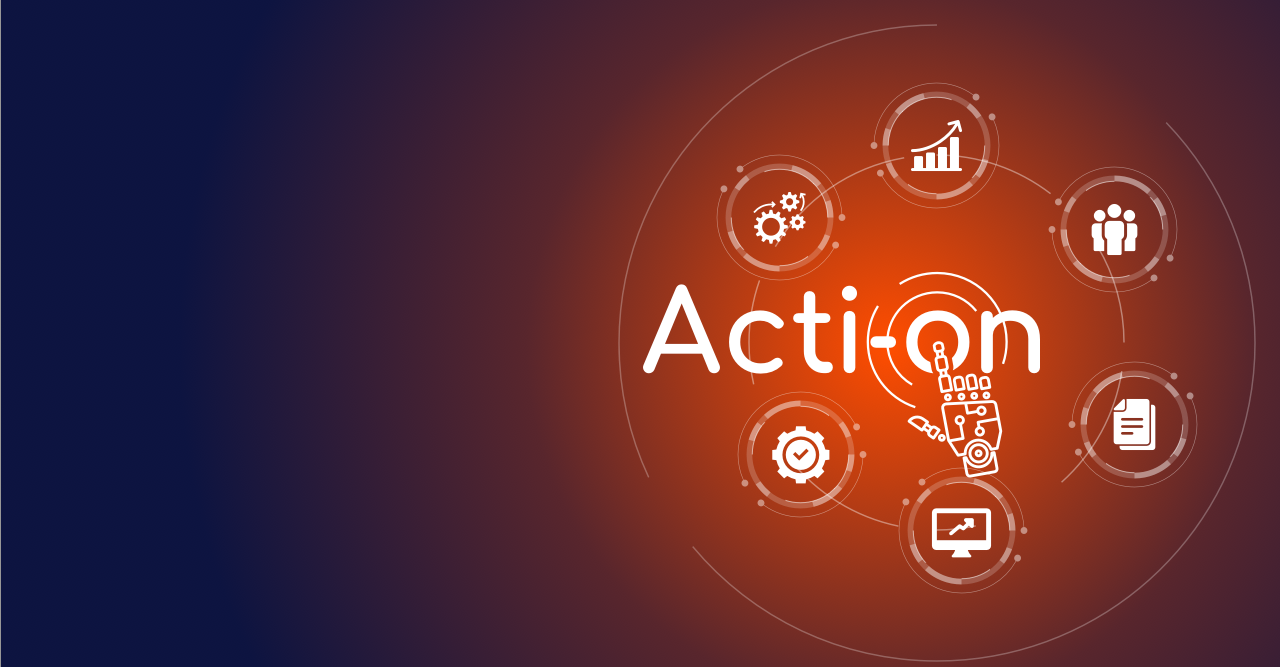
.jpg)
